Everything You Need To Know About Marketing Translation
Want to target customers beyond your country’s borders? We know it might feel daunting because language barriers can stand in the way.
And when it comes to marketing, linguistic subtleties, cultural nuances, as well as marketing and user behavior come into play. Your local marketing efforts, no matter how compelling they are, won’t do the job here.
Now, you find yourself at a crossroads: you recognize the enormous market potential beyond your borders, but you are overwhelmed by the intricacies of global marketing.
But, here’s the exciting part: Marketing Translation. It ties language, culture, and marketing together to make sure your marketing efforts resonate with and persuade your new audiences.
In this blog post, we offer a detailed guide to everything you need to know about marketing translation and how it can be beneficial for your business.
Table of Contents
What Is Marketing Translation?
Marketing Translation is transforming marketing content, marketing campaigns, and related marketing material into different languages meant for new target audiences while preserving the original intent and impact.
* Marketing Content that Requires Translation
- Website Content
- Product and Service Descriptions
- Social Media Content
- Presentations
- Press Releases
- Video Content
- Advertisements
- Broadcasting Materials
- Product Packaging
- Email Campaigns
- Banners and Billboards
- Brochures and Flyers
* How Marketing Translation Capitalizes on Personalized Marketing
Personalization is the heartbeat of modern marketing. In its essence, It involves tailoring your marketing efforts to address the unique needs, preferences, and behaviors of your current and potential customers. It’s something you are probably doing with your local audience.
And if that’s something you are considering for your multilingual audiences, then marketing translation is key.
See, language is the foundation of personalization. The mere act of speaking the language of your new audience connects with them on a personal level.
Moreover, effective marketing translation seeks to mirror the cultural relevance and emotional resonance that exist in your local marketing efforts, bringing you closer to this new audience in a way that feels familiar to them.
Intrigued?
* What Goes into Marketing Translation?
Marketing translation is not only about the conveying of content or interpreting its message from one language to another. It weaves together linguistic precision, cultural understanding, and creative flair to maximize the impact of your global marketing efforts.
It is more about crafting accurate marketing messages while considering the local sensitivities and cultural preferences of your target audience. This creative approach is crucial because your translated messages should resonate just as powerfully in the new language as they do in the original.
However, marketing translation is just the tip of the multilingual marketing iceberg. Beyond this initial layer lies more sophisticated layers involving processes like transcreation and localization, which transcend basic word-to-word translation.
- Transcreation translates content from one language to another while creating a unique experience that considers cultural and regional differences. The goal is to capture the essence and emotion of the message.
- Localization takes translated content and adapts it to suit the specific preferences and nuances of the local audiences you’re targeting.
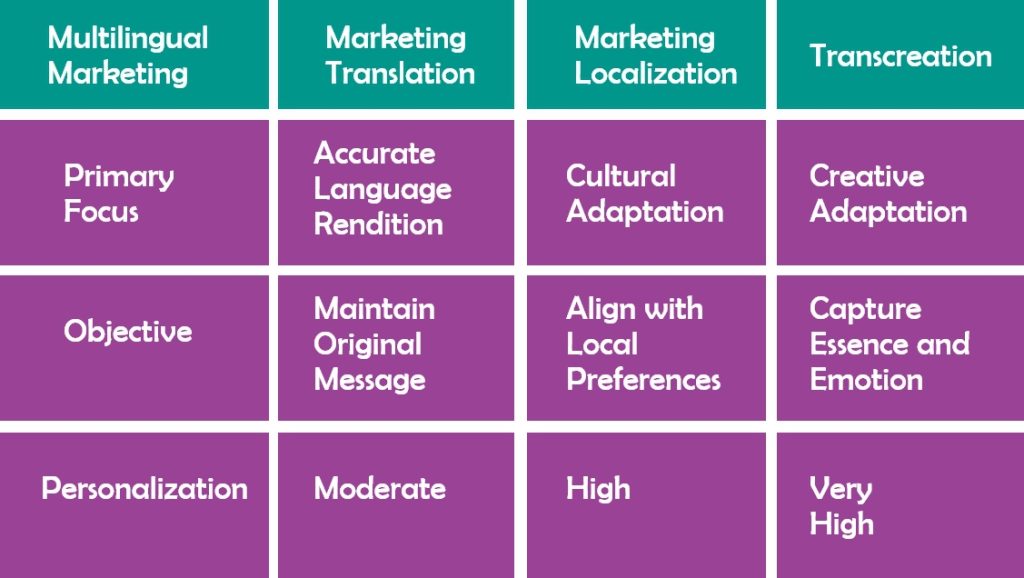
In other words, effective marketing translation isn’t as straightforward as it may appear. It demands more than just language skills. It requires ensuring your content retains the same emotional impact in the new global market as it did in your home country.
Accordingly, each word must be meticulously chosen to establish the desired emotional connection with your target audience.
5 Reasons Why Marketing Translation Matters For Your Business
Can you communicate with your brand’s local language, French for instance, if you are entering the Arab market? What if you decide to expand into Japan?
Okay, you get the point.
You cannot use one language to reach your target audience in different countries. Each target market has its own native language, not to mention its own set of cultural preferences.
So, translating your marketing material is a stepping stone for successful global reach, as it opens up a wide range of possibilities and opportunities.
Ready to take a look at some of them?
➤ 1. Attracts More Potential Customers
One of the main benefits of marketing translation is that it helps your business reach wider audiences.
Why limit yourself to one market when you can reach out to a limitless number of audiences with the help of multilingual marketing translation?
59% of global websites are offered in English, while 75% of the world’s population does not speak English. Your business will be missing out on a large portion of potential customers if you stick to your only-English marketing content.
When expanding your business and entering new markets, it’s a smart move to consider using the most commonly spoken languages worldwide. This can provide endless opportunities for global growth.
For instance, offering your marketing campaigns and their related content in Chinese (Mandarin) can attract a wide range of potential customers to your business.
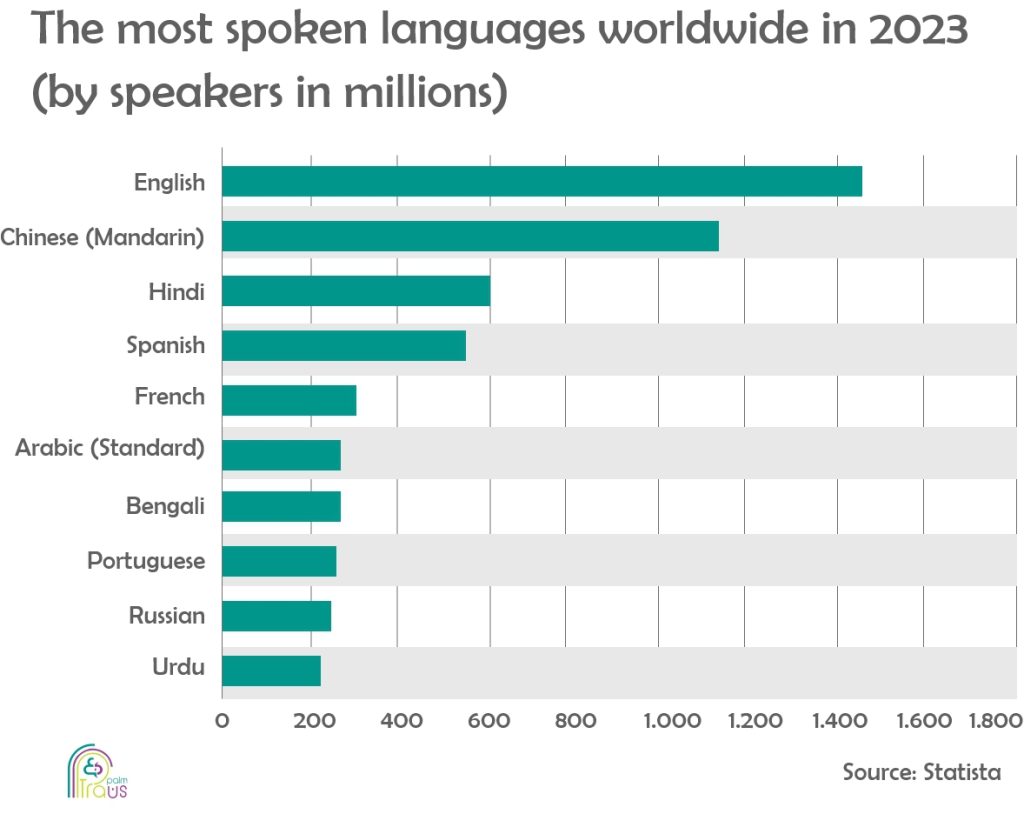
➤ 2. Increases Your Customers’ Satisfaction
Nelson Mandela once said, “If you talk to a man in a language he understands, that goes to his head. If you talk to him in his own language, that goes to his heart.”
Offering your customers marketing content in their native language plays a huge role in increasing their satisfaction for many different reasons.
First of all, it strikes a chord with your new target audiences by making them feel that your brand is crafted specifically for their needs.
Additionally, it ensures easier and more effective communication to help your customers feel safe communicating in their own language.
It also reduces misunderstandings, as customers will encounter fewer issues when dealing with your brand, which consequently decreases the chances of miscommunication.
➤ 3. Enhances Your Brand’s Value
Translating and localizing your marketing content directly enhances your brand’s awareness and builds your international reputation. It shows your customers that you are committed to meeting their needs and enables you to build a long-term relationship with them.
Eventually, speaking to your clients in their native tongues will make it easier to understand their needs and develop your services accordingly. They start to enjoy a better customer experience, which gives the impression that you own a reputable global brand tailored for their goodwill.
Besides, marketing translation gives your clients a sense of appreciation that inspires them to value your brand and trust you. The result is a valued, trusted, recognized, and, most importantly, loved brand.
➤ 4. Improves Organic Search Results
Another great advantage you can get from marketing translation is that it improves your rankings on the local SERPs. Your brand becomes more visible to your customers when they start searching for services like yours in their native language.
For example, if your clothing brand ships to Germany, German-speaking customers are more likely to find your website when searching online if it is translated into German.
➤ 5. Gives You A Competitive Edge
When tapping into a new market, the chances of finding competitors offering services or products similar to yours or even targeting similar customers are very high. However, not all your competitors provide translation for their marketing material.
Offering what they don’t offer is a winning card. Customers prefer purchasing from websites that are translated into their mother tongue. So, providing content in their native language gives you a competitive advantage.
This means that even if your competitors’ services are better compared to yours, giving your customers such a wonderful native experience will encourage them to choose you.
Why You Should Translate Your Marketing Material - Facts Answer
In July 2020, Common Sense Advisory Research released the results of the third edition of the study Can’t Read, Won’t Buy – B2C, which was launched in 2006. The study aimed to analyze the language preferences and behaviors of 8,
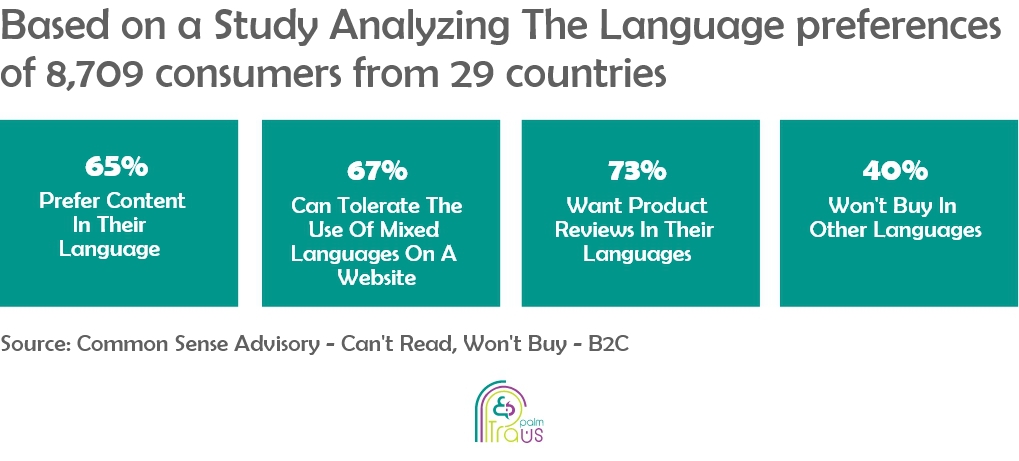
This means that your business risks losing 40% or more of its potential market if you are not willing to translate your marketing material.
Tips For Handling Cross-Cultural Dynamics In Marketing Translation
1. Avoid Tackling Taboo Subjects
One thing you need to be careful of in your marketing translation is dealing with taboo subjects. In the culture of your new target audiences, some topics can be regarded as taboo even if they are totally normal to tackle in other cultures.
Such topics can be related to the political climate, gender dynamics, or simply religion. By considering the cultural context of such topics, you can avoid sounding offensive to your audience and making them feel repulsed by your brand.
Remember that you want to build a strong relationship with your customers. That’s why you must be as considerate of them as possible by prioritizing their satisfaction.
2. Be Careful of Diverse Beliefs
Before providing content for your new target audience, it is crucial to understand that they do have different beliefs. If you do not consider this in the translation of your marketing content, you will lose your audience’s appeal.
For example, if you are marketing watches as gifts in China, your products will never be appealing to Chinese consumers, as watches symbolize death in the local Chinese culture.
”Giving a clock’ (送钟 sòng zhōng /song jong/) sounds exactly like the Chinese words for ‘attending a funeral ritual’ (送终 sòng zhōng).
3. Watch Out For Humor And Jokes
One thing you need to know about humor and jokes is that they are not global.
What might be a funny joke in your culture can be very offensive in another. Each culture has its own humor style, and considering this in your marketing translation is necessary.
Some jokes can entail the denigration of a social group or its representatives; others might be offensive to a country’s minority groups, for instance.
Humor is rooted in one’s cultural heritage and perspectives, which are never the same across different regions. So, conducting detailed research about your target market is an essential step that can save you a lot of trouble.
4. Don’t Fall For Slang
Slang can be very tricky for non-professional or non-native-speaking translators.
When translating your marketing materials, be sure to work with a native translator who can understand the ins and outs of your target language. Some marketing slogans may be rendered offensive by your target language’s slang when translated literally.
Clairol, a hair products company, has fallen for slang in its marketing campaign. Clairol’s curling iron, “The Mist Stick,” was very successful in the US market but not in Germany, where the word “mist” means “manure” in German slang. So, they were literally selling a manure stick for hair.
How To Get Your Marketing Content Professionally Translated
If you want to avoid such hilarious mistakes in marketing translation, working with a professional language service provider is the only way to do so.
A professional marketing translation agency will provide you with native translators who are well-immersed in the culture of your target audiences. Don’t know where to find this? Look no further than TransPalm.
We are an ISO 9001 and ISO 17100 certified marketing translation service provider, delivering professionally translated marketing material across 120+ languages. We work with a vast network of highly qualified certified translators and linguists who are all native speakers and local residents of the regions you target. Our team of professionals will ensure you achieve high-quality marketing translation with the highest levels of cultural competence and linguistic accuracy.
We use the most advanced technology in the industry, including translation memories, CAT tools, and much more. We also implement strict quality assurance and control processes that help us maintain our high standards of quality in compliance with our ISO certification standards.
Don’t hesitate to get started with TransPalm. Contact us now, and our dedicated team will guide you through.
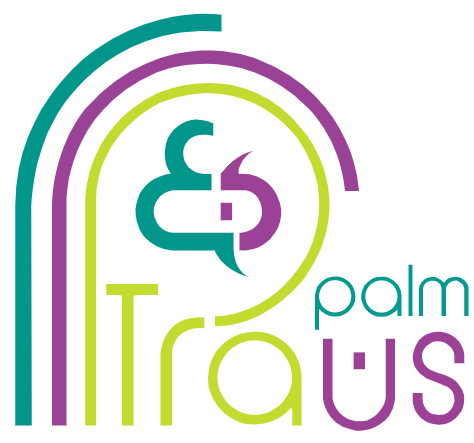

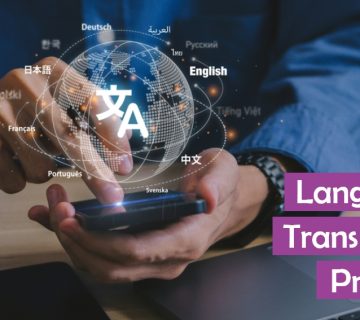
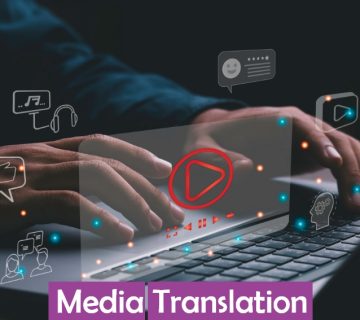

No comment